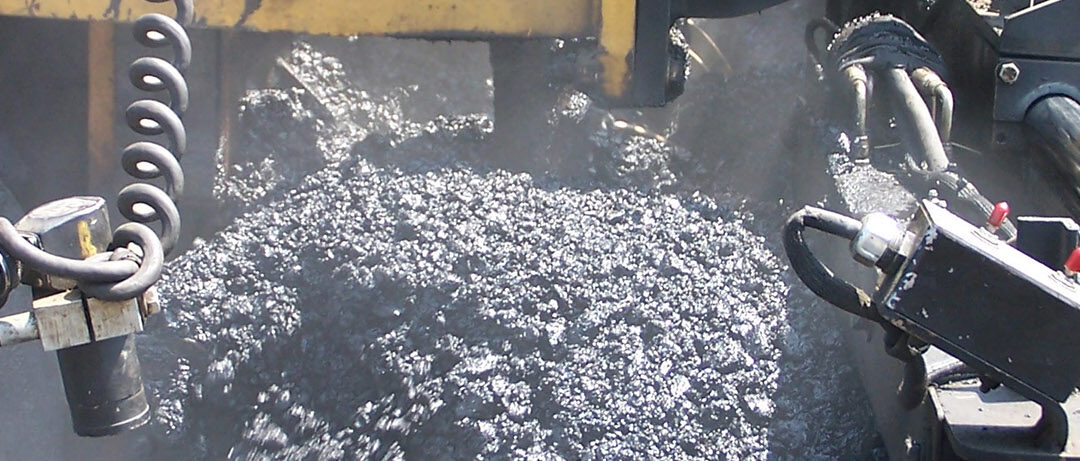 Asphalt Pavement History Hot mix asphalt (HMA) pavements have existed in their present form, as a mixture of angular aggregates and asphalt binder, since the beginning of the 20th century. However, HMA pavement can trace its roots back to ancient Roman roads and...
Asphalt Pavement History Hot mix asphalt (HMA) pavements have existed in their present form, as a mixture of angular aggregates and asphalt binder, since the beginning of the 20th century. However, HMA pavement can trace its roots back to ancient Roman roads and...
 HMA Mix Types The most common type of flexible pavement surfacing in the U.S. is hot mix asphalt (HMA). Hot mix asphalt is known by many different names such as hot mix, asphalt concrete (AC or ACP), asphalt, blacktop or bitumen. For clarity, this Guide makes a...
HMA Mix Types The most common type of flexible pavement surfacing in the U.S. is hot mix asphalt (HMA). Hot mix asphalt is known by many different names such as hot mix, asphalt concrete (AC or ACP), asphalt, blacktop or bitumen. For clarity, this Guide makes a...
 Aggregate “Aggregate” is a collective term for sand, gravel and crushed stone mineral materials in their natural or processed state (NSSGA 1991). In 2009, the U.S. produced nearly 2 billion tons of aggregate at a value of about $17.2 billion. Roads and...
Aggregate “Aggregate” is a collective term for sand, gravel and crushed stone mineral materials in their natural or processed state (NSSGA 1991). In 2009, the U.S. produced nearly 2 billion tons of aggregate at a value of about $17.2 billion. Roads and...
 Top Down Cracking Top down cracking appears to be a common mode of HMA pavement distress in at least several states and countries. Traditionally, pavement cracking is thought to initiate at the bottom of the HMA layer where the tensile bending stresses are the...
Top Down Cracking Top down cracking appears to be a common mode of HMA pavement distress in at least several states and countries. Traditionally, pavement cracking is thought to initiate at the bottom of the HMA layer where the tensile bending stresses are the...
 Pavement Evaluation Categories Pavement performance is a function of its relative ability to serve traffic over a period of time. Typically, a system of objective measurements is used to quantify a pavement’s condition and performance. These systems are used to...
Pavement Evaluation Categories Pavement performance is a function of its relative ability to serve traffic over a period of time. Typically, a system of objective measurements is used to quantify a pavement’s condition and performance. These systems are used to...
 Condition Rating Systems Based on measurements of roughness, surface distress, skid resistance and deflection, pavements can be assigned a score that reflects their overall condition. This score, sometimes called a pavement condition rating, quantifies a...
Condition Rating Systems Based on measurements of roughness, surface distress, skid resistance and deflection, pavements can be assigned a score that reflects their overall condition. This score, sometimes called a pavement condition rating, quantifies a...







